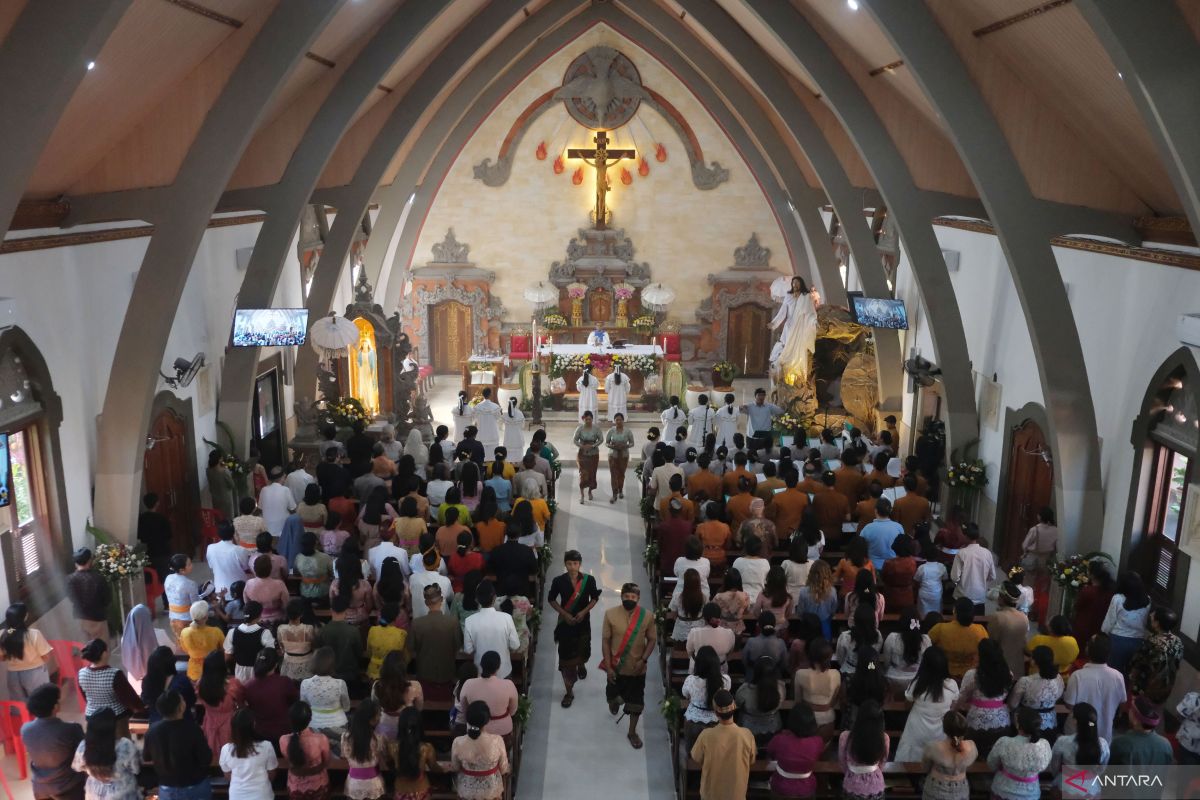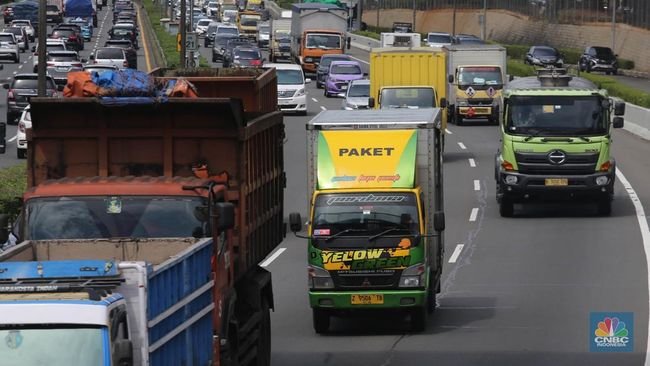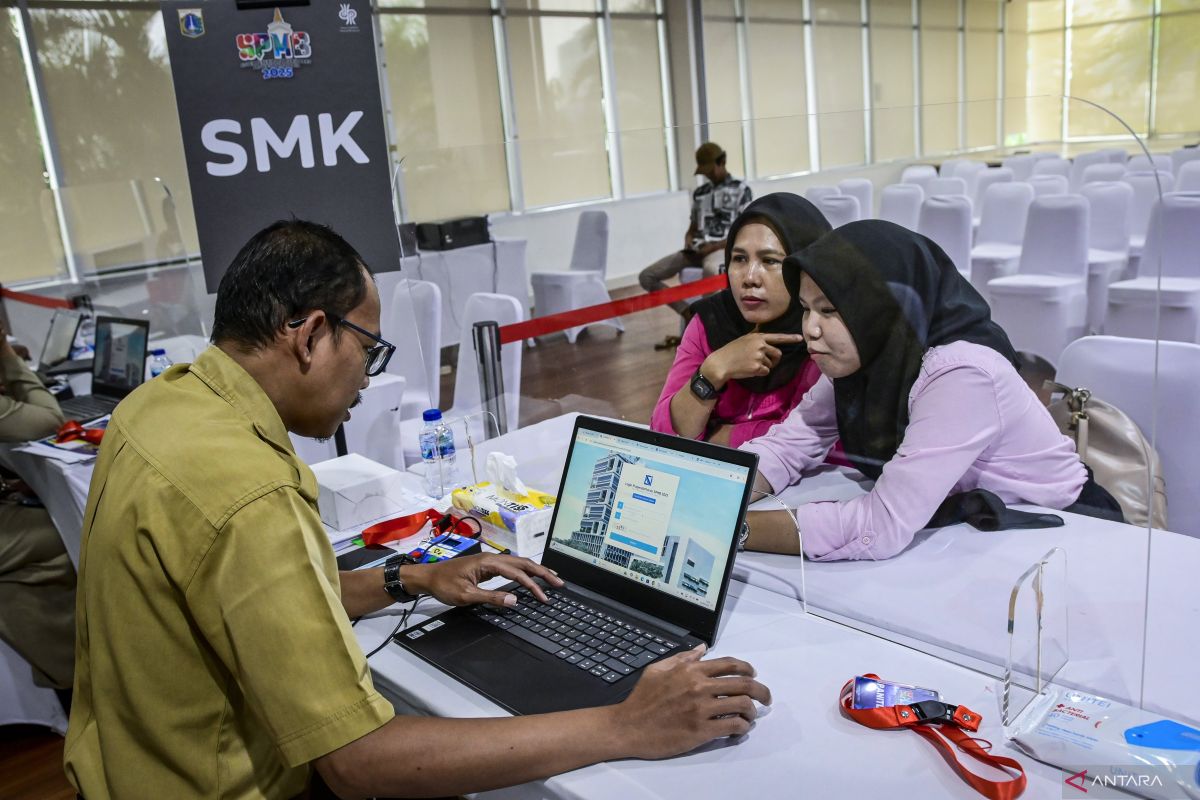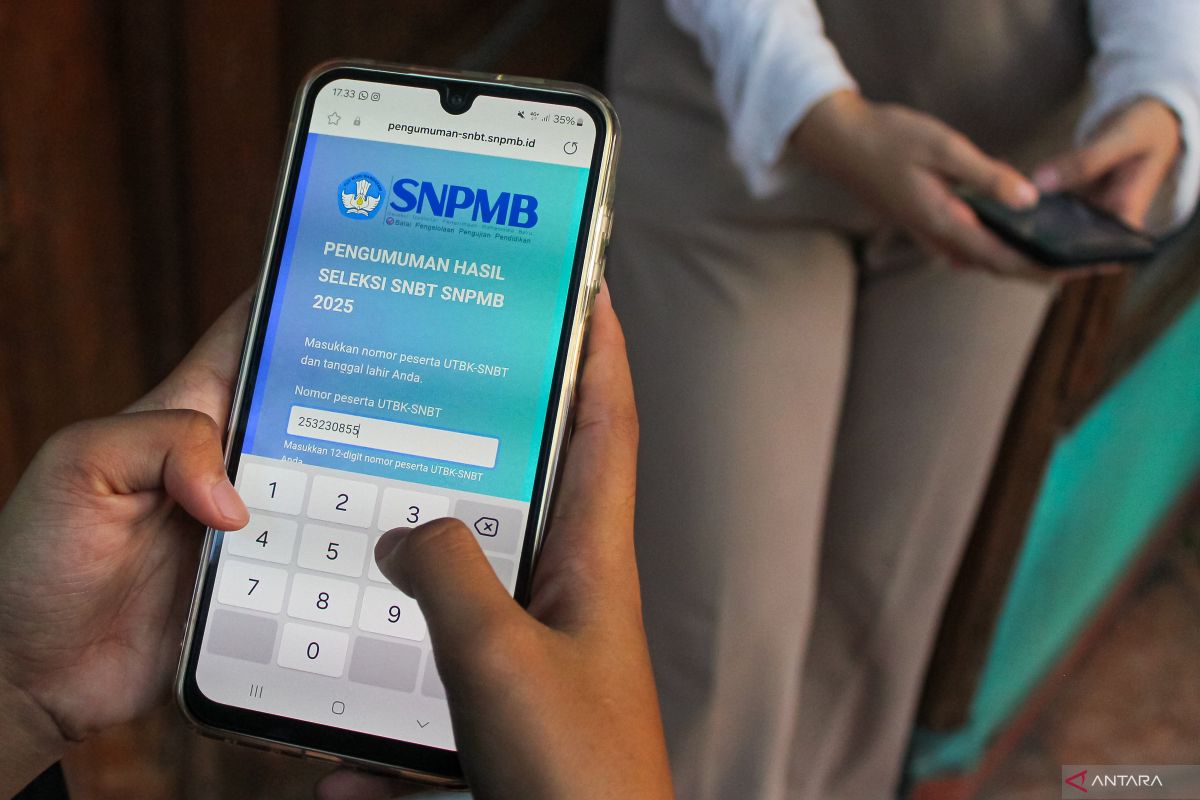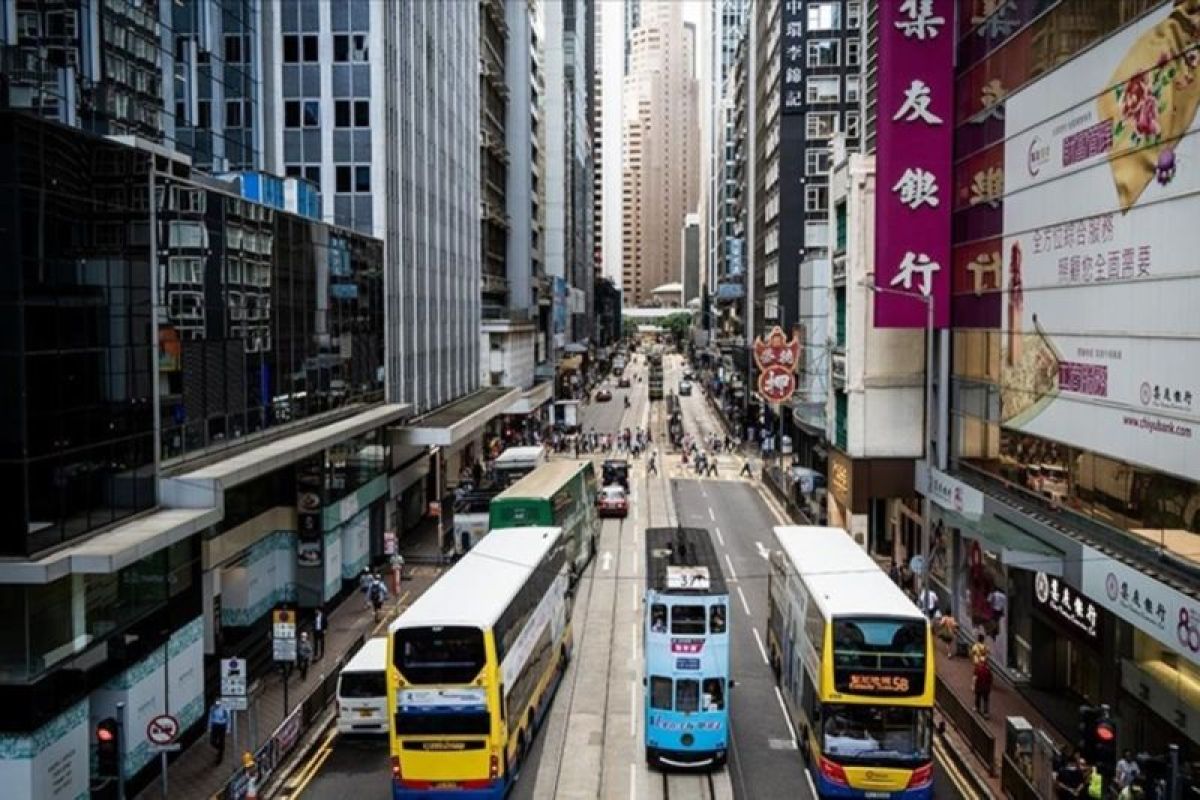Police probing the deaths of Diogo Jota and his brother Andre are expected to give an update on the Lamborghini tragedy within days, MailOnline understands.
Spain's Guardia Civil and officials working in local government in Zamora are calculating how fast the acid green £180,000 Lamborghini Huracan was going when it crashed in the early hours of Thursday morning.
Police admitted last week that they did not know which brother was driving at the time.
The tyre of the supercar, capable of going 200mph, is believed to have blown out while overtaking another vehicle on the A-52 at Cernadilla - just ten miles over the border from Portugal.
The provincial head of traffic in Zamora, Alfonso Ibáñez, is said to have been compiling crash data for the road where the brothers died. Six people have died on the region's roads so far this year, compared to 11 in 2024.
Experts have been studying the road's surface and layout as well as the barriers that the Liverpool star's car crashed into in the early hours of the morning.
Local sources describe the A‑52 as notoriously treacherous - pockmarked with potholes, broken lanes, recent roadworks, and even deer by the side of the road. A 60-year-old woman was seriously injured on the same road Jota died, last Wednesday at around 11.30am when her car came off the dual carriageway.
The siblings, who were laid to rest in Porto on Saturday, were driving through northern Spain to catch an overnight ferry to the UK.
Diogo Jota's brother Andre, 26, was also a footballer and died in the crash. They were on a road trip through Spain to catch a ferry to the UK when they crashed, according to reports in Portugal
The acid green front of what appears to be the front of the Lamborghini Huracan lies at the side of the road where Diogo Jota and his brother died. Police are investigating what led to the tragedy and will calculate what speed it was doing, how a tyre blew and any other factors
Jota's Lamborghini overtook a car and then appeared to veer left straight into the crash barrier
They were headed to Santander to catch a ferry to Britain after Diogo was advised not to fly following lung surgery, it was reported in his home country.
Liverpool were due to start pre-season training on Monday, so Jota was heading back to the UK on a road trip with his brother less than two weeks after he married his childhood sweetheart Rute in his home city of Porto on June 22.
There are several vital unanswered questions surrounding the tragic crash which killed Diogo and his younger brother Andre Silva, who was also a professional footballer.
Today MailOnline examines the key issues which will be the focus of investigators trying to understand what sent the brothers’ Lamborghini supercar crashing off the road in a case that has shocked the world and devastated their families.
How fast was the car travelling?
The stretch of the A-52 where Jota and his brother died has a speed limit of 120 Km per hour, or 74.6mph, while the Lamborghini Huracán EVO Spyder has a blistering top speed of 202mph, as well as phenomenal acceleration form 0-60mph in 3.1 seconds.
Exact speed remains elusive but the Spanish Guardia Civil say skid marks of nearly 50 metres were found near the crash, which in itself would not necessarily indicate that the vehicle was exceeding the limit.
Did the car have a puncture?
Police are investigating the cause of the crash but believe based on the marks on the road, pictured, a tyre blew out just before the incident
Initial indications suggested that a puncture did cause the driver to lose control, said police. Although the standard tyres fitted to Lamborghinis are superb quality, and tyre can of course suffer a blowout.
The EVO Spyder’s Huracán stablemate, the ‘off road’ Sterrato, does boast special ‘run-flat’ tyres, which minimise the effects of a high-speed blowout, but the tyres, manufactured especially for the model by Bridgestone, are not fitted to the Spyder.
‘At this moment in time it is impossible to say at exactly what speed the car was going but that is something the Civil Guard investigators will be able to detail at least approximately in their final report from things like the skid marks,’ they said.
‘Everything points to the blowout of a tyre while it (the vehicle) was overtaking,’ the Civil Guard said in a statement.
What road hazards were there?
A female driver, 60, nearly died on the same dangerous highway where Liverpool footballer Diogo Jota and his younger brother only died in a Lamborghini crash, just over a week ago
Local sources describe the A‑52 as notoriously treacherous—pockmarked with potholes, broken lanes, recent roadworks, and even deer by the side of the road, according to The Sun.
Known as the Rias Bajas, it is notorious for accidents. Built in 1998, it is said to see more crashes than any other in the region, with the central government representative for the province of Zamora, Angel Blanco, branding it ‘very dangerous’.
The year 2023 alone saw 19 accidents on the dual carriageway, which is full of high-speed bends, with an average of 1.5 deaths per incident. According to Cope, many of those accidents came during optimal conditions, such as dry road surfaces, good visibility, flowing traffic and natural light.
At night, visibility is poor and the road’s route through mountainous and forested areas leads to frequent patches of fog.
Has human error been ruled out?
Officials insist no other vehicle was involved, and that neither drunk driving nor distraction appear to have been factors. It is not known for certain which man was driving, but the car was leased in Jota’s name.
Did the long, late-night drive put Jota in harm’s way?
Pictured: Jota alongside his wife Rute Cardoso after their wedding just a fortnight ago
Jota pictured (far right) with his wife Rute and younger brother Andre, who played in the Portuguese second tier
Jota had been advised by doctors not to fly after recent lung surgery—and so opted for the Lamborghini and ferry route.
Jota’s Respiratory physiotherapist Miguel Goncalves, who works at Hospital Sao Joao, in Porto, said he had last seen Jota at around 8.30pm, and the brothers were planning to drive at night because it was cooler.
He strongly denied any suggestion they had been partying, calling his patient an 'unparalleled professional'.
The physio said he was 'excited, confident in his recovery and enthusiastic' for the upcoming season.
'I said goodbye to him and his brother Andre at around 8:30pm. His brother was a great companion and decided to go with him, to accompany him on the trip, and that way they would also spend more time together,' Goncalves told Portuguese outlet Record.
'They were going to travel at night because it was cooler, but they weren't going direct.
'He told me that the journey would take about eight hours, but that they would stop at a hotel in the Burgos area to rest. Diogo was very aware of his professionalism. They were only supposed to arrive in Santander today (Thursday), catch the boat and then go to England.
'The family would arrive later by plane, organise their lives over the weekend and then, on Monday, they had a medical appointment scheduled in Liverpool to assess the situation.
The overnight ferry from Santander to Portsmouth would still have left Jota with a lengthy five-hour drive to Liverpool, but with a cabin on the 30-hour ferry crossing, at least he and his brother would have had plenty of time to rest.
It is believed very likely that Jota’s dedicated player liaison officer at Liverpool FC would have been completely aware of his travel plans in detail.
Jota had been due to return to pre-season training with Liverpool on Monday (July 7) ahead of the Reds' first warm-up fixture for the new season, against Preston North End on July 13.
Could the supercar itself have had hidden faults?
Wreckage at the scene suggested the brothers were driving to the UK in a Lamborghini Huracan Evo Spyder (file picture)
While there is no indication that Jota’s car had had a troubled history, the Huracán model was plagued with safety-related recalls over the decade it was produced between 2014-2024.
Lamborghini models have previously faced recalls over tyre pressure systems and structural components. In 2024, 39 cars were recalled in the US with Lamborghini reportedly admitting that a crash protection bracket may have been installed incorrectly due to human error, The Sun reports.
The year before, 7,805 Huracán models built between July 30 2014 and October 30 2023 were also recalled due to a headlight issue that could reduce driver visibility for oncoming traffic.
It is not believed that any of the recall faults were present on Jota’s vehicle.

 2 months ago
22
2 months ago
22






























